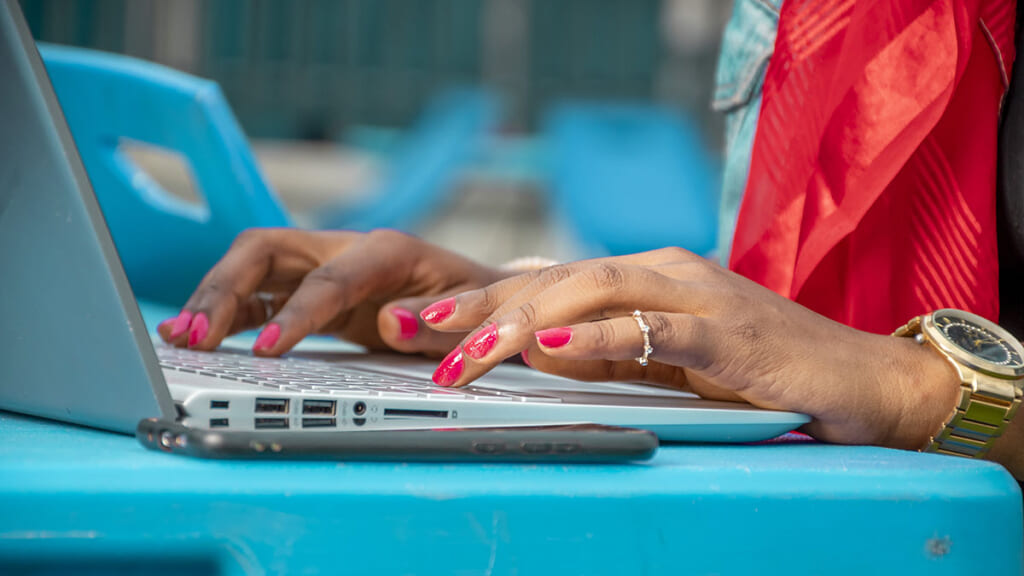FCC launches website, announces sign-up date for $50-per-month broadband internet discount
Enrollment for $50-per-month broadband subsidies will be available to low-income households and those impacted by the pandemic in May.
The Federal Communications Commission (FCC) has launched a brand new website and revealed a date for US residents with low incomes or those who lost income during the pandemic to sign up for discounted internet services.
Read More: FCC Chairman Ajit Pai to leave telecom agency on January 20
A press release issued by the agency confirmed that on May 12, eligible households can enroll in the Emergency Broadband Benefit Program. If approved, participants will receive a monthly discount on the cost of broadband service from an approved provider.
According to the FCC, “Under the law, the Emergency Broadband Benefit Program is open to households that participate in an existing low-income or pandemic relief program offered by a broadband provider; Lifeline subscribers, including those that are on Medicaid or accept SNAP benefits; households with kids receiving free and reduced-price lunch or school breakfast; Pell grant recipients; and those who have lost jobs and seen their income reduced in the last year.”

The Emergency Broadband Benefit Program will provide eligible households with discounts of up to $50 a month for broadband service and up to $75 a month if the home is on Tribal lands. It also will provide a one-time discount of up to $100 on a computer or tablet for eligible households.
“Families in every corner of the country have been struggling to get online throughout this pandemic. For those families, we now say help is around the corner. In less than two weeks, we will have a new way for disconnected Americans to access the internet to carry out their day-to-day life, so they can reach the virtual classroom, take advantage of telehealth, and seek new employment opportunities,” stated FCC Acting Chairwoman Jessica Rosenworcel in the press release.
“I’m proud of the work we’ve done as an agency to get this program off the ground in record time.”
Read More: Oakland to give low-income Black, Indigenous families $500 per month
theGrio reported the FCC approved the emergency subsidy program in late February. The money for this program comes from the $3.2 billion allocated last year by Congress as part of its COVID-19 relief bill to bring internet service to American families for distance learning, work, and digital health care.
“This is a program that will help those at risk of digital disconnection,” Rosenworcel said in a statement at the time. “It will help those sitting in cars in parking lots just to catch a Wi-Fi signal to go online for work. It will help those lingering outside the library with a laptop just to get a wireless signal for remote learning.”

Experts said the number of eligible families might quickly exceed the program’s funding. Once the $3.2 billion runs out, the program will end, according to the National Digital Inclusion Alliance, a group that advocates for broadband access.
“There are two things to know about this program: One is that it’s very good it’s in place, and two, it’s definitely not enough,” said Phillip Lovell, vice president of policy development and government relations for Alliance for Excellent Education, a nonprofit that focuses on improving educational outcomes for high-school students.
Dayton Young, product director at Fight for the Future, a group that advocates for internet access, said the program is a “big win for human rights,” theGrio reported. “Nobody should have to make a decision between buying groceries and paying for internet access so that their children can attend classes online, and yet that’s a decision countless people have been forced to make over the past year.”
According to the ‘Do I Qualify‘ landing page, households that meet the threshold have come at or below 135% of the federal poverty guidelines. These families have experienced a substantial loss of income since February 29, 2020, with a total household income in 2020 at or below $99,000 for single filers and $198,000 for joint filers, among other qualifiers.
This article contains additional reporting by theGrio’s Renee G.
Have you subscribed to theGrio’s podcast “Dear Culture”? Download our newest episodes now!
TheGrio is now on Apple TV, Amazon Fire, and Roku. Download theGrio today!
